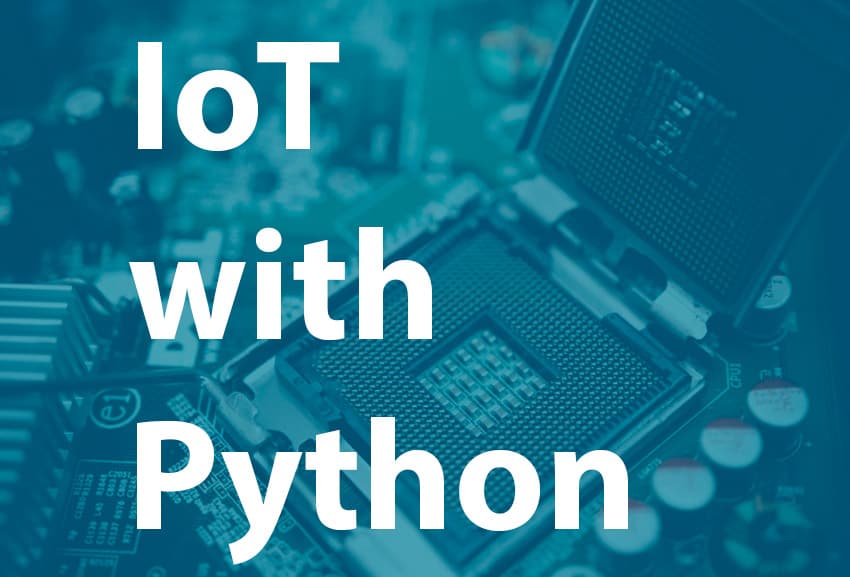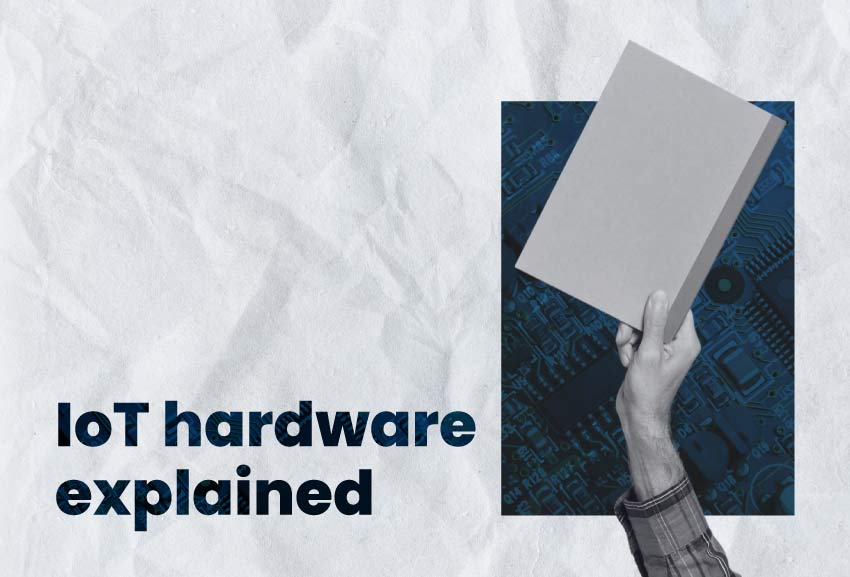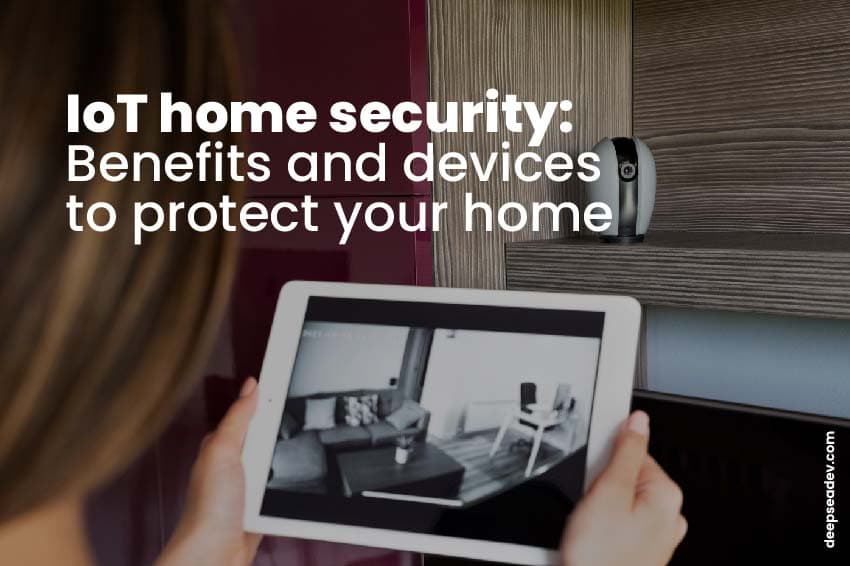Can IoT with Python be a good idea? Of course, this programming language has gained a lot of popularity in recent years, and there are several benefits of considering python as a protagonist in the different embedded programming languages available.
Why is python good for IoT
To put it in simple terms, Python is a popular programming language that is widely used in the field of IoT (Internet of Things meaning) due to its simplicity, flexibility, and versatility.
Easy to learn and use
Having IoT and python together means you have a device or product that can be easily programmed. Python’s syntax is simple and easy to read, making it a good choice for beginners, or engineering teams that need to make firmware adjustments (firmware vs software).
Additionally, there is a large community of Python developers who contribute to the development of libraries, frameworks, and tools, making it easy for beginners to get started with IoT programming.
There is even a lighter version of Python called MicroPython, which is a great fit for smart devices or projects that have small computing resources.
Cross-platform compatibility
Python is a cross-platform language, which means that it can run on multiple platforms, such as Windows, Linux, and macOS. This makes it easy to write code that can run on different IoT devices and systems without worrying about compatibility issues.
This is also a great advantage when it comes to working with different IoT sensors, since computer programming requires a friendly platform or application to function correctly.
When we have provided IoT product design services in California, we make sure to address all requirements of our customers, specially letting them know what are the best platforms for their IoT projects.
Large community and ecosystem
Python has a large community of developers who contribute to the development of libraries, frameworks, and tools that make IoT python programming easier and faster. These libraries, such as PyUSB, PySerial, and PyBluez, provide access to hardware interfaces, communication protocols, and other IoT-related features that make it easy to develop IoT applications. There are several python libraries to check out there.
Interoperability
Python can be easily integrated with other languages and platforms, which is crucial in the IoT ecosystem where different devices and systems need to communicate with each other.
So, Python provides support for several IoT protocols and standards, such as HTTP, MQTT, and CoAP, making it easy to develop applications that can communicate with other smart devices and platforms.
Scalability
Python is a scalable language that can be used for both small-scale and large-scale IoT applications, even for software development. This language has a modular architecture that makes it easy to break down a complex application into smaller, more manageable pieces.
Besides, Python is an interpreted language, which means that its code can be executed as soon as it is written, this makes it a great ally for rapid prototyping.
If you want to take advantage of IoT with Python, and you need a hardware prototype in California, we can deliver outstanding results.
Data analysis and visualization
The last reason to use IoT with Python is because it is a great tool for data analysis and visualization, this is important in IoT applications where data is a key component.
Python provides libraries such as Pandas, NumPy, and Matplotlib, which make it easy to process and visualize data from IoT sensors and devices.
Internet of Things Python examples
Python is commonly used with Raspberry Pi in IoT, ESP32, among other options. As we mentioned above, there are several benefits of creating python IoT projects, and we want to give you some examples of the things that can be done by combining IoT with Python.
For instance, imagine being able to use Raspberry Pi and python to create a home system that can interact with all IoT devices at home, and from there, being able to control their different functions.
Another case would be to create a smart lights system with LEDs, Python, and Raspberry Pi. Thanks to this programming language, you could simply turn on or off these lights.
If you are using temperature and humidity sensors in your IoT device, you could use Python language to read all data from the sensors, and send it over the internet to an application for further analysis.
These were some examples of what you can do with IoT and Python. You probably have more ideas that you want to develop, whether you need electronics product design, or a good IoT hardware development company, we can provide you with a great consultation for taking your IoT idea or product to a whole new level.
On the other hand, if you need speed for developing your Internet of Things project, we usually work with agile hardware development methodology to deliver outstanding results.





